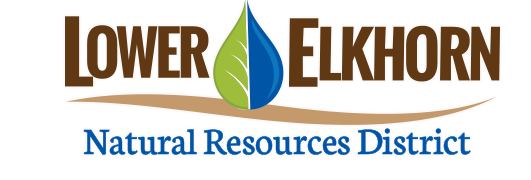High Nitrates in drinking water are harmful: Phased Groundwater Management Plan designed to address high nitrate levels
/The Lower Elkhorn Natural Resources District’s (LENRD) dual concern for groundwater quality and the health of the public; along with the responsibility to enact controls and further implement best management practices to mitigate and prevent groundwater contamination, are the primary reasons the district is considering a modification of the geographic area of the Groundwater Quality Management Area in Pierce and Madison counties.
An Open House Public Hearing will be held on Thursday, July 26th to provide information and to receive feedback on the proposed changes to the Groundwater Management Area along with the controls that could be implemented to protect the groundwater in that area.
Concerns about high nitrates in the district have risen as recent monitoring has shown increasing levels of nitrate concentration in much of the groundwater in Pierce County, when compared with long-term monitoring data from the same area. Comprehensive sampling of Pierce and Madison County irrigation wells was conducted in both 2015 and 2017, with over 700 samples collected. The average nitrate concentration of the samples collected was 13 ppm.
Some communities in Pierce County have also been plagued with high nitrates in their drinking water and have had to invest in new infrastructure or other remedial measures to supply safe, reliable drinking water to their residents.
Several health concerns are related to the consumption of high nitrate water. Nitrates can be particularly harmful to infants under six months of age. Excessively high nitrates can lead to methemoglobinemia, a condition that is commonly known as “blue baby syndrome” in which there is a reduction in the oxygen-carrying capacity of blood, leading to death. Pregnant women and other adults with certain health conditions may also be at increased risk. Because of these potential health risks, the U.S. Environmental Protection Agency (EPA) has set a maximum contaminant level of 10 parts per million (ppm) for nitrate-nitrogen in public water supplies.
The LENRD’s Groundwater Management Area has a system of four phase levels. The designated boundaries for the phases may follow either natural or political boundaries. The boundaries may be drawn around existing problem areas or potentially vulnerable areas.
"The use of several phases allows the district to adapt different requirements to assorted conditions," said Brian Bruckner, LENRD Assistant General Manager. He added, “The requirements for an area may change, and are tailored to fit the conditions that exist within a designated phase area."
